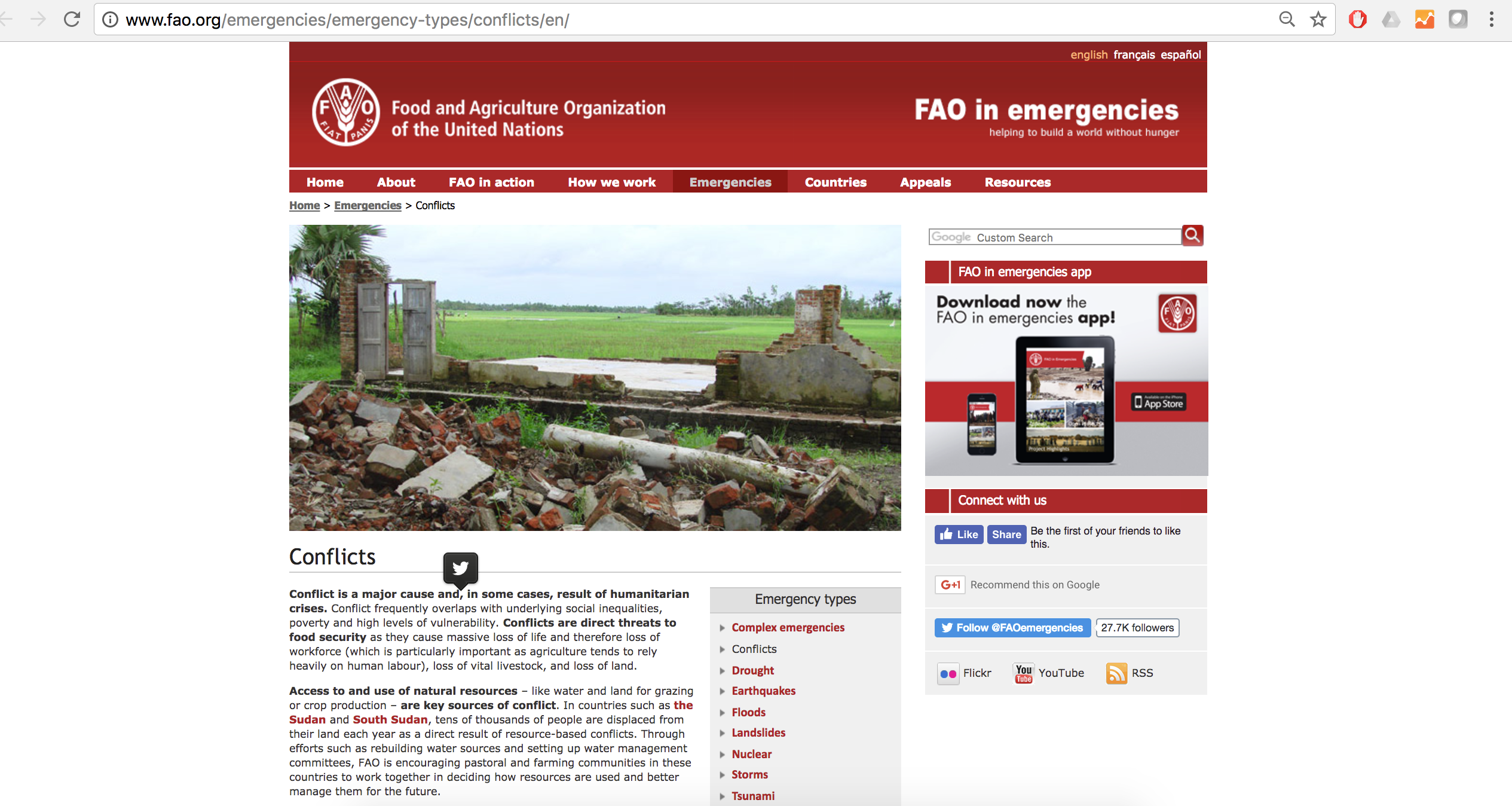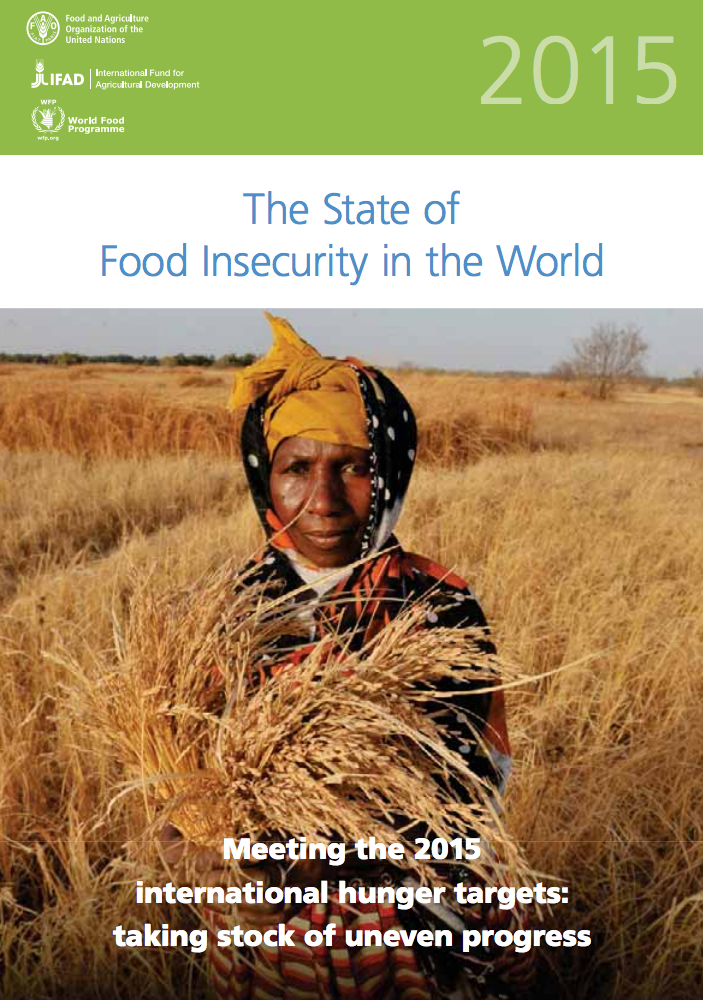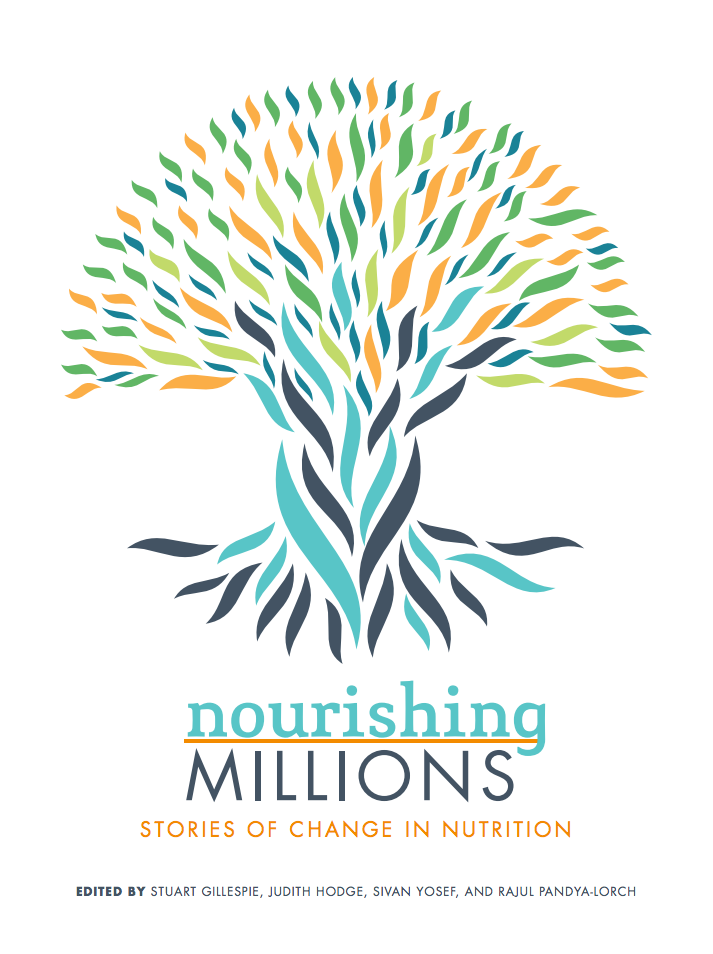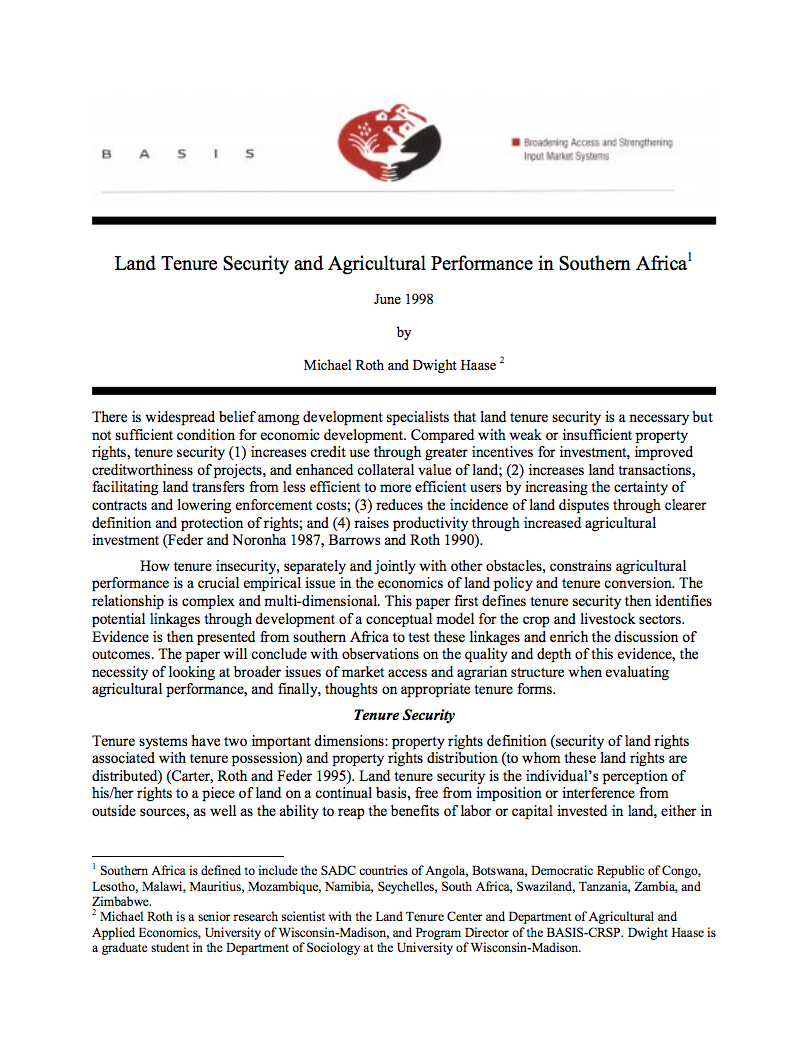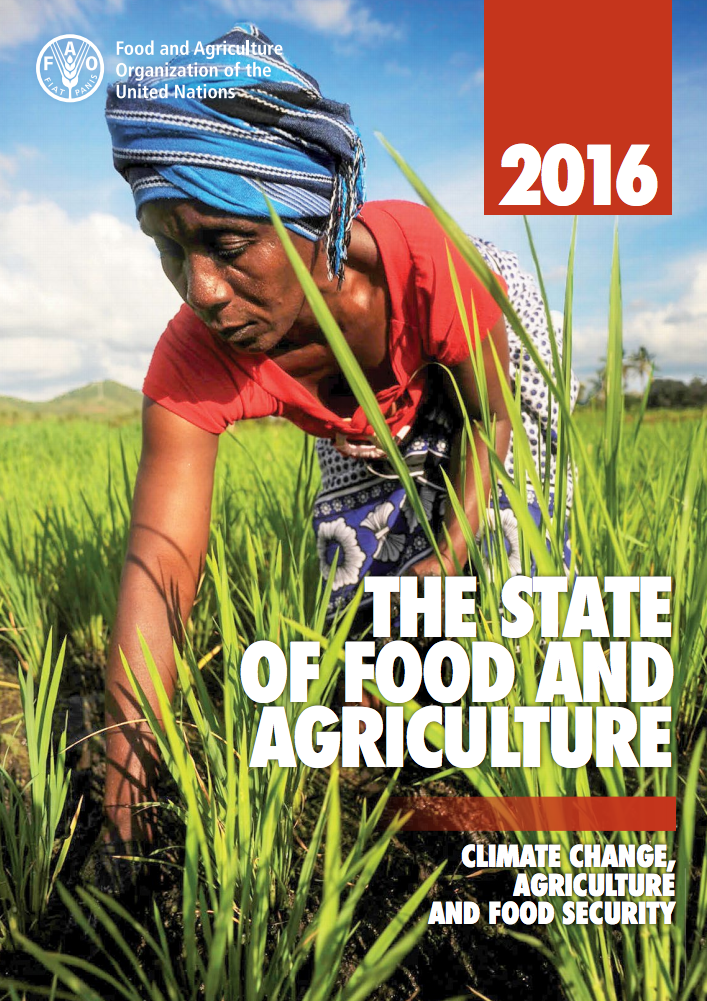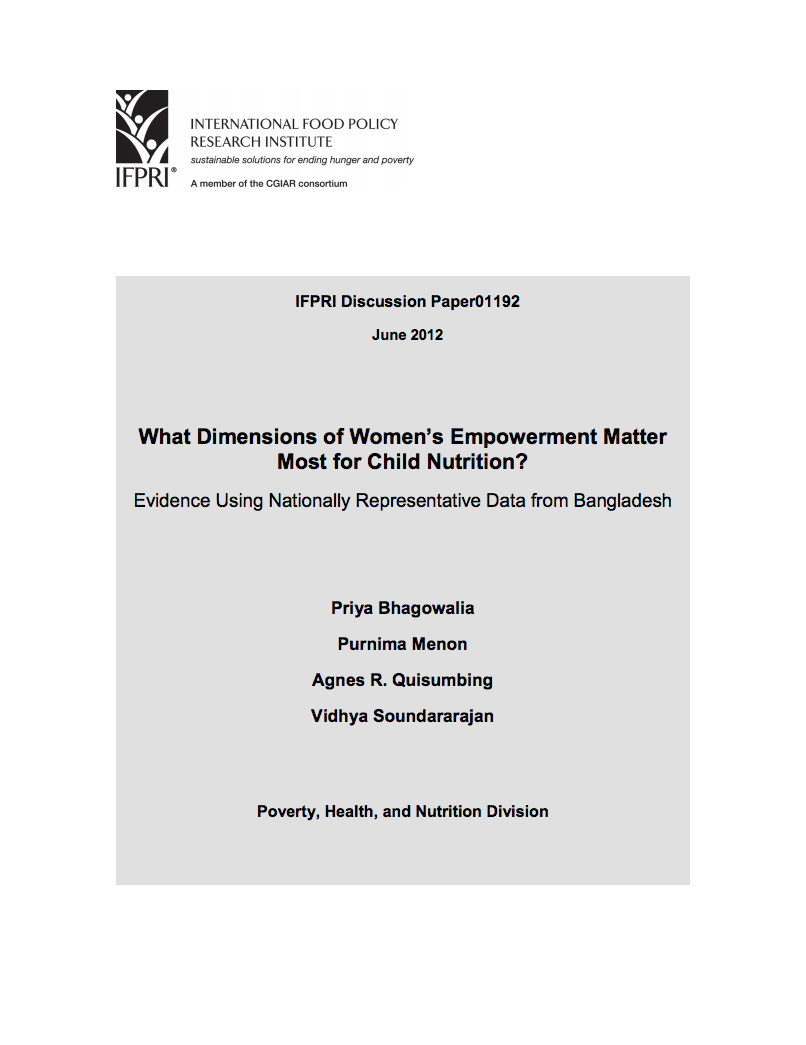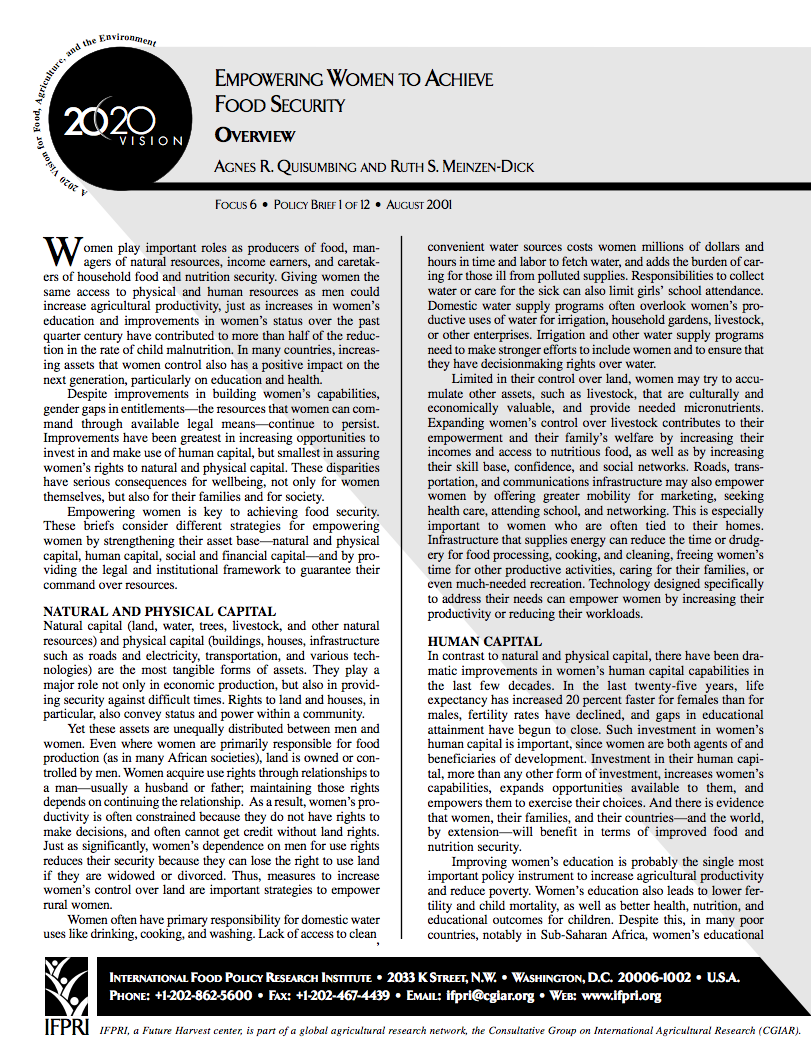Multifunctional Rangeland in Southern Africa: Managing for Production, Conservation, and Resilience with Fire and Grazing
Residents of Southern Africa depend on rangeland for food, livelihoods, and ecosystem services. Sustainable management of rangeland ecosystems requires attention to interactive effects of fire and grazing in a changing climate. It is essential to compare rangeland responses to fire and grazing across space and through time to understand the effects of rangeland management practices on biodiversity and ecosystem services in an era of global climate change.





